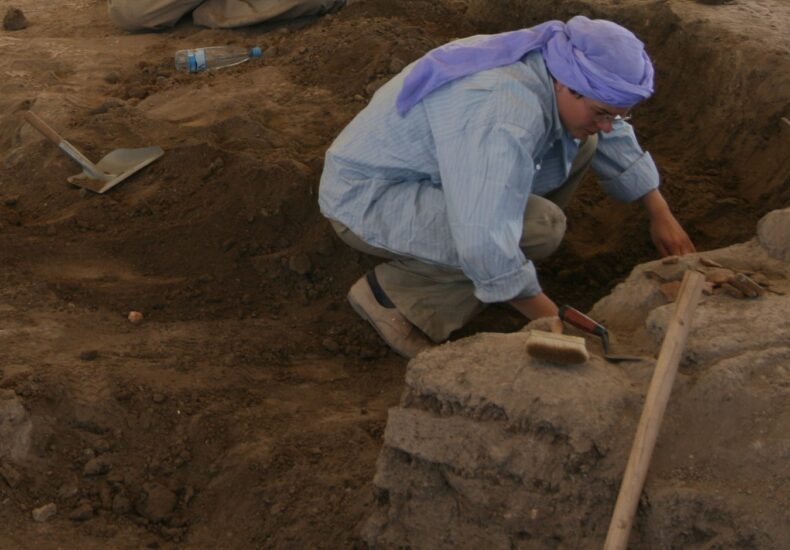
Around 9,000 Years Ago: What Role Did Women Play in Çatalhöyük Society? New Discoveries Reveal Insights
Located in central Anatolia, the ancient settlement of Çatalhöyük continues to provide valuable insights into early human civilization. Recent interdisciplinary research has revealed that women held a significant role in shaping social structures nearly 9 millennia ago.
An international team of scientists from Turkey, Denmark, Sweden, and the US examined the genetic makeup of 131 individuals buried at Çatalhöyük. Their study, published in the journal Science in 2024, highlights a distinct emphasis on maternal lineage in this Neolithic community.
Women as the Foundation of Households
At Çatalhöyük, inhabitants buried their dead directly beneath the floors of their homes. Genetic analyses have shown that most individuals sharing the same house were not biologically related. Instead, genetic ties through the female line were far stronger, suggesting that family units were organized around women.
Dr. Eva Rosenstock from the University of Bonn, a lead archaeologist on the project, explains:
“Our findings indicate that maternal ancestry played a more prominent role in household composition than paternal lines.”
This pattern points to a matrilocal system, where women remained in their natal homes after marriage. However, this does not necessarily imply a matriarchal society where women held political power, but rather highlights their crucial role within family and community organization.
Excavations and Genetic Continuity
Excavations carried out from 2006 to 2013 on the West Mound revealed two newborn skeletons buried between 5900 and 5800 BCE. These remains were carefully excavated under the supervision of Eva Rosenstock and Peter F. Biehl, with osteological analyses by Jennifer Byrnes.
Advanced DNA extraction techniques focused on the petrous bone, the densest bone in the human body, which preserves genetic material better than teeth—previously considered the best source. This breakthrough enabled the team to overcome the challenges posed by the arid climate of the region.
The genetic data showed that these infants belonged to the same gene pool as individuals buried on the East Mound, indicating cultural and biological continuity across the settlement, contrary to earlier beliefs of a settlement hiatus.
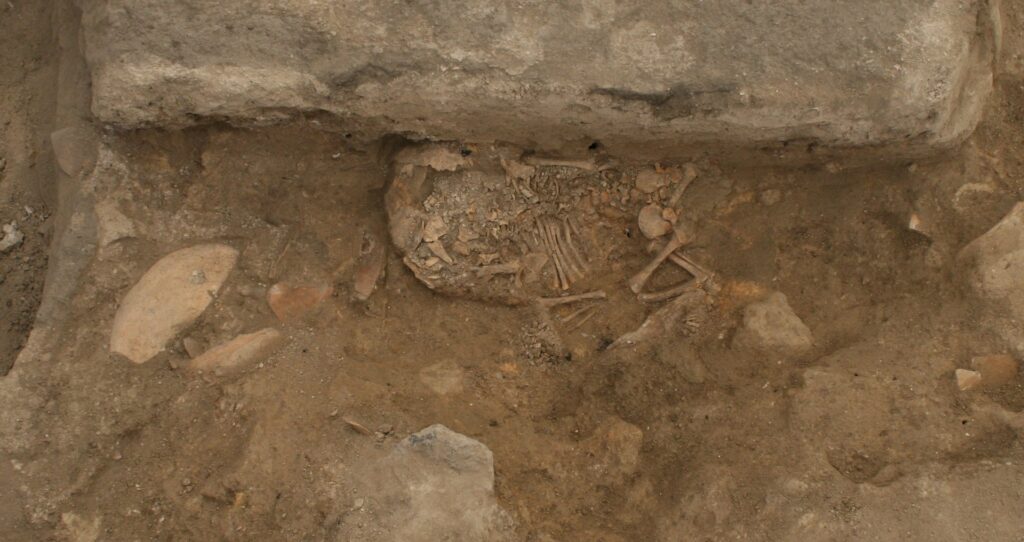
Living Upon Ancestral Foundations
Çatalhöyük’s houses were constructed atop the remains of earlier dwellings, creating a layered mound of habitation over generations. This reflects not only architectural continuity but also a cultural tradition of honoring ancestors by literally living above their remains.
Interestingly, around 6000 BCE, this tradition briefly shifted with settlement focus moving to the West Mound, yet genetic evidence suggests an unbroken cultural lineage.
Material Culture Reflecting Female Status
Beyond genetics, the richer grave goods found in women’s burials and the presence of female figurines point to the higher social status of women in this early society. This corroborates early hypotheses by archaeologists like James Mellaart, who first excavated the site.
Open Questions About Societal Changes
While this research sheds light on early social organization, questions remain about when and why patriarchal structures became dominant in the region and Europe. Ongoing and future genetic studies across other Neolithic sites may help clarify these historical transitions.
The latest scientific discoveries at Çatalhöyük illustrate a Neolithic society where women were central to family structure and social continuity. These findings challenge previous assumptions and deepen our understanding of prehistoric human communities.
“Female lineages and changing kinship patterns in Neolithic Çatalhöyük,” in: “Science,” DOI: 10.1126/science.adr2915
Cover Image Credit: Eva Rosenstock during the excavations at Çatalhöyük West in 2008: – In the foreground, we can see a mudbrick wall from the buildings dating from the 6th millennium BCE.
© Photo: Çatalhöyük Research Project
You may also like
- A 1700-year-old statue of Pan unearthed during the excavations at Polyeuktos in İstanbul
- The granary was found in the ancient city of Sebaste, founded by the first Roman emperor Augustus
- Donalar Kale Kapı Rock Tomb or Donalar Rock Tomb
- Theater emerges as works continue in ancient city of Perinthos
- Urartian King Argishti’s bronze shield revealed the name of an unknown country
- The religious center of Lycia, the ancient city of Letoon
- Who were the Luwians?
- A new study brings a fresh perspective on the Anatolian origin of the Indo-European languages
- Perhaps the oldest thermal treatment center in the world, which has been in continuous use for 2000 years -Basilica Therma Roman Bath or King’s Daughter-
- The largest synagogue of the ancient world, located in the ancient city of Sardis, is being restored

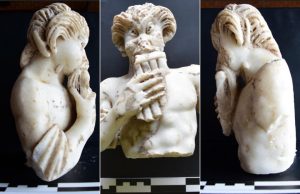
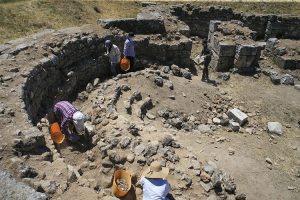
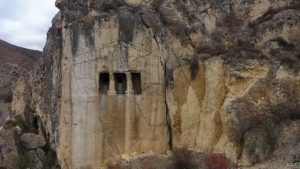
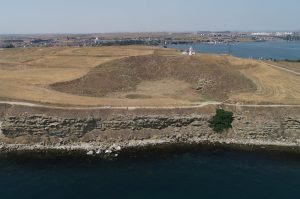
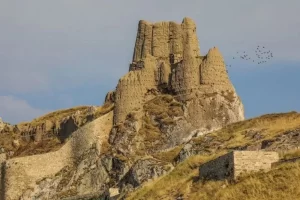
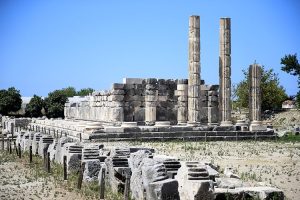
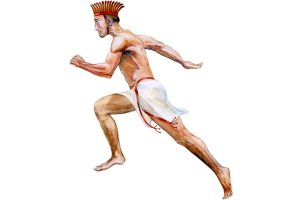

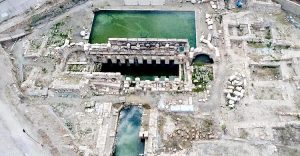
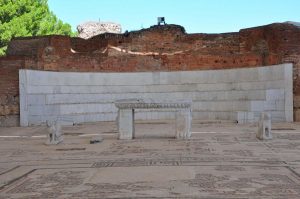
Leave a Reply